Home>Renovation & DIY>Tools & Equipment>How To Unlock Bathroom Door With A Screwdriver
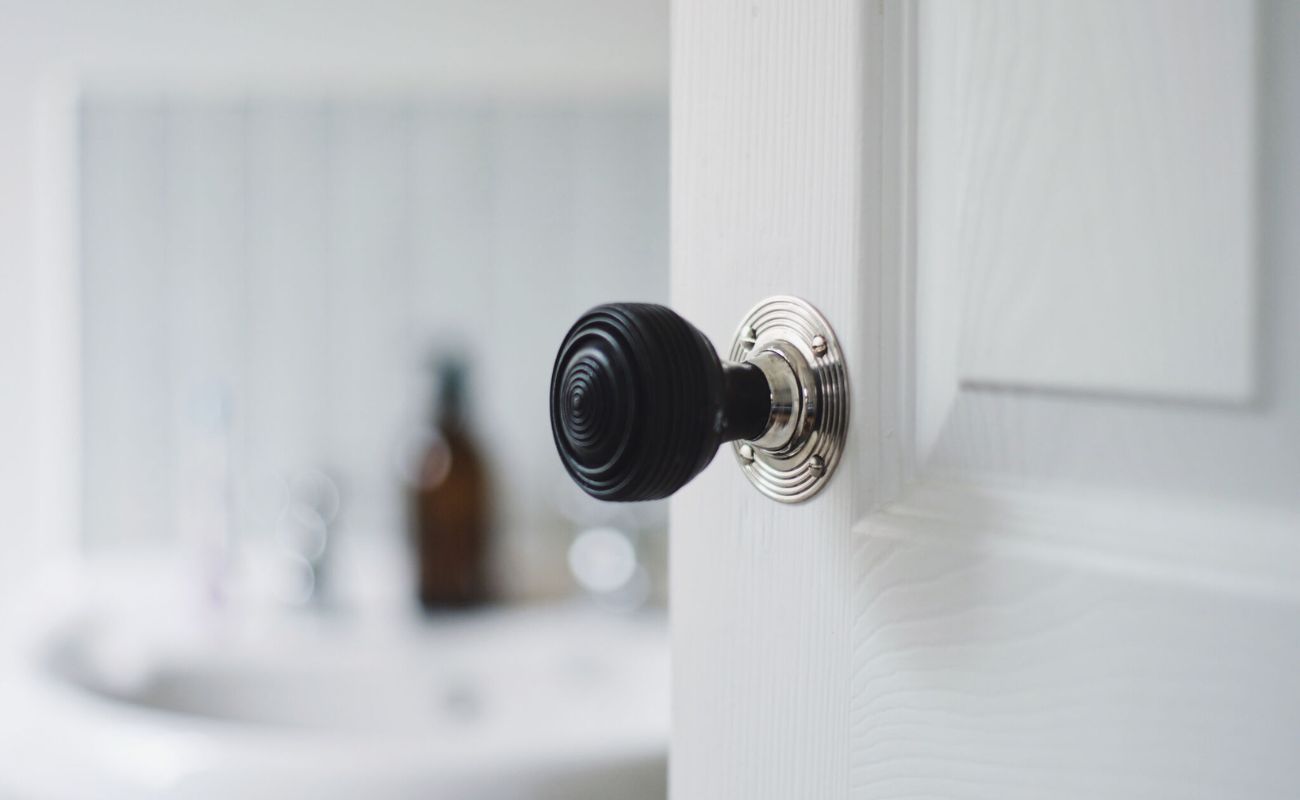

Tools & Equipment
How To Unlock Bathroom Door With A Screwdriver
Modified: January 3, 2024
Learn how to use a screwdriver to unlock your bathroom door! Find out which tools and equipment you'll need for this simple DIY fix.
(Many of the links in this article redirect to a specific reviewed product. Your purchase of these products through affiliate links helps to generate commission for Storables.com, at no extra cost. Learn more)
Introduction
Welcome to “How to Unlock Bathroom Door With a Screwdriver,” a handy guide that will help you navigate one of those frustrating bathroom dilemmas. We’ve all been there – locked inside a bathroom with no way to unlock the door. Whether the lock is defective, the key is missing, or you simply find yourself in an emergency situation, fear not! With just a screwdriver and a little know-how, you can quickly regain access to your bathroom. This article will walk you through the step-by-step process of unlocking a bathroom door using a screwdriver.
Before we dive into the details, it’s important to note that this method should only be used in situations where you are locked inside a bathroom and need immediate access. If you are trying to unlock a bathroom door from the outside or attempting to gain unauthorized entry, we strongly advise against it. Remember – our intention is to help you in emergency situations, not to encourage any illegal activities.
Alright, now that we’ve got the necessary disclaimer out of the way, let’s move on to the tools you’ll need for this task: a screwdriver.
Key Takeaways:
- Unlocking a bathroom door with a screwdriver is a valuable skill for emergency situations. Remember to use the correct screwdriver type and size to avoid damaging the screw head or the door.
- Approach the process with patience and caution, and only use this method for legitimate reasons. If you encounter challenges, consider seeking professional help or alternative unlocking methods.
Read more: How To Unlock Door With A Screwdriver
Tools Needed: Screwdriver
When it comes to unlocking a bathroom door with a screwdriver, the only tool you’ll need is, you guessed it, a screwdriver. This versatile tool is commonly found in most households and is essential for a wide range of DIY projects. If you don’t have a screwdriver readily available, you can easily find one at a hardware store or borrow one from a neighbor or friend.
Before you begin, it’s important to ensure that you have the right type of screwdriver for the job. There are various types of screw heads, such as Phillips, flathead, Torx, and hex. The most common types you’ll come across on a bathroom door are Phillips and flathead screws. To determine which type of screwdriver you need, take a close look at the screw head.
If the screw head has a cross-shaped indentation in the center, it’s a Phillips screw. In this case, you’ll need a Phillips screwdriver, which has a corresponding cross-shaped tip that fits securely into the screw head. If the screw head has a simple groove or slot, it’s a flathead screw. For flathead screws, you’ll need a flathead screwdriver, which has a flat, single-bladed tip that fits snugly into the screw head.
It’s important to use the correct screwdriver for the job to avoid damaging the screw head or the surrounding area. Using the wrong type of screwdriver can cause slipping, stripping, or deforming of the screw head, making it difficult or even impossible to remove the screw.
Now that we’ve identified the necessary tool, the next step is to proceed with unlocking the bathroom door. Follow the step-by-step instructions in the upcoming sections to safely and successfully unlock the door using a screwdriver.
Step 1: Identify the Screw – Locate the screw on the doorknob
The first step in unlocking a bathroom door using a screwdriver is to locate the screw on the doorknob. The screw is typically positioned on the interior side of the door, either on the doorknob itself or on the faceplate surrounding the doorknob.
Start by closely examining the doorknob and its surrounding components. Look for a small screw that is securing the doorknob or faceplate in place. The screw may be located on the side of the doorknob, at the base, or even on the interior edge of the faceplate. It is usually visible and easily accessible.
Once you have located the screw, take note of its size and type. This will help you select the appropriate screwdriver for the next steps. Commonly used screw types for doorknobs include Phillips head and flathead screws.
If the screw is hidden or difficult to locate, you can try using a flashlight to get a better view of the doorknob. Additionally, you may need to remove any decorative covers or plates that may be concealing the screw. These covers often twist or snap off, revealing the underlying screw.
Remember to handle the doorknob and surrounding components with care during this process. Avoid applying excessive force or causing any unnecessary damage to the door or doorknob. Once you have successfully identified the screw, you are ready to move on to the next step: selecting the correct screwdriver.
Step 2: Select the Correct Screwdriver – Choose a screwdriver that matches the screw head type
Now that you have located the screw on the doorknob, it’s time to select the correct screwdriver for the job. The type of screwdriver you choose should correspond to the screw head type, ensuring a secure and effective grip when turning the screw.
As mentioned earlier, two common types of screw heads you may encounter on a bathroom door are Phillips and flathead screws. To determine which type of screwdriver you need, closely examine the screw head. Here’s how to identify each type:
Phillips screw head: The Phillips screw head has a cross-shaped indentation in the center. To unscrew this type of screw, you will need a Phillips screwdriver. The Phillips screwdriver features a corresponding cross-shaped tip that aligns with the screw head, allowing for maximum grip and efficient turning.
Flathead screw head: The flathead screw head has a simple groove or slot across the top. To unscrew this type of screw, you will need a flathead screwdriver. This screwdriver has a flat, single-bladed tip that fits into the groove or slot of the flathead screw, providing optimal contact and torque.
Once you have identified the screw head type, select the appropriate screwdriver from your toolbox or collection. Make sure the screwdriver is in good condition, with a well-aligned and intact tip. Using a worn or damaged screwdriver can lead to slipping or stripping of the screw head, making it more difficult to unlock the door.
If you don’t have the exact screwdriver size for the screw head, opt for a slightly larger size rather than a smaller one. Using a larger screwdriver may still provide enough grip to loosen the screw, while using a smaller screwdriver can result in inadequate contact and potential damage to the screw head.
With the correct screwdriver in hand, you are now prepared to move on to the next step: inserting the screwdriver into the screw head.
Step 3: Insert the Screwdriver – Carefully insert the screwdriver into the screw head
With the correct screwdriver selected, it’s time to proceed to the next step: inserting the screwdriver into the screw head. This step requires caution and precision to ensure that the screwdriver fits securely and does not slip or damage the surrounding area.
Hold the screwdriver firmly in your dominant hand, making sure you have a comfortable grip on the handle. Position the tip of the screwdriver carefully into the screw head. Align the tip of the screwdriver with the cross-shaped indentation (for Phillips screws) or the groove or slot (for flathead screws). Apply gentle pressure as you guide the tip of the screwdriver into the screw head, ensuring that it engages securely.
It’s important to keep the screwdriver perpendicular to the screw head, maintaining a straight and aligned angle. This will prevent the screwdriver from slipping or damaging the surrounding area, as well as allow for efficient turning of the screw.
Take your time during this step and avoid rushing to prevent any mishaps. If the screw head is in an awkward or hard-to-reach position, you may need to adjust your hand placement or try using a different angle of approach. Patience and precision are key to successfully inserting the screwdriver into the screw head.
If you are having difficulty inserting the screwdriver, double-check that you have selected the correct screwdriver type and size for the screw head. Using an ill-fitting or incompatible screwdriver can make this step challenging and may lead to slipping or stripping of the screw head.
Once the screwdriver is securely inserted into the screw head, you are ready to move on to the next step: rotating the screwdriver to loosen the screw.
Insert the screwdriver into the hole on the doorknob and turn it to release the lock mechanism. Be gentle to avoid damaging the door or the lock.
Read more: How To Unlock A Car Door With A Screwdriver
Step 4: Rotate the Screwdriver – Turn the screwdriver counterclockwise to loosen the screw
Now that the screwdriver is firmly inserted into the screw head, it’s time to rotate the screwdriver to loosen the screw. This step requires careful turning in the correct direction to ensure smooth and effective unlocking of the bathroom door.
Start by applying gentle pressure to the handle of the screwdriver, keeping it aligned with the screw head. Now, rotate the screwdriver counterclockwise to loosen the screw. Remember that counterclockwise rotation is the standard direction for loosening screws.
As you rotate the screwdriver, you may encounter some resistance at first, especially if the screw is tightly secured. Apply steady and controlled force while turning to gradually loosen the screw. Avoid using excessive force as it can lead to slipping or damaging the screw head.
If the screw is particularly stubborn or difficult to loosen, you can try using a bit of WD-40 or another lubricant to help loosen it. Apply a small amount of lubricant to the screw head and wait a few minutes to allow it to penetrate and reduce friction. Then, resume turning the screwdriver counterclockwise to continue loosening the screw.
Continue rotating the screwdriver counterclockwise until the screw is fully loosened. You may feel a slight “pop” or release as the screw comes loose. At this point, the screw should be easily removable by hand or with a pair of pliers if necessary.
Remember to maintain a steady grip on the screwdriver throughout the rotation process. Keep your hand steady and focused to ensure smooth and controlled turning of the screwdriver. Avoid any sudden movements or jerking motions.
Once the screw is fully loosened, you’re ready to move on to the next step: removing the screw and gaining access to the interior of the bathroom.
Step 5: Remove the Screw – Continue turning until the screw is fully loosened and remove it
With the screw loosened, it’s time to remove it completely. This step is crucial as it allows you to gain access to the interior of the bathroom and ultimately unlock the door. Follow these instructions to safely remove the screw.
Continue rotating the screwdriver counterclockwise until the screw is fully loosened. Take your time and be patient during this process, especially if the screw is stubborn or tightly secured. Applying steady and controlled force will ensure successful removal.
Once the screw is fully loosened, you can try removing it by hand. Grasp the screw with your fingers or use a pair of pliers if necessary. Gently tug on the screw while simultaneously rotating it counterclockwise to unscrew it completely. If the screw resists or is difficult to remove, you can use the pliers to provide additional grip and leverage.
If the screw is stuck or stripped, there are a few techniques you can try to remove it. One method is to use a rubber band between the screw head and the screwdriver tip. This can provide extra traction and help loosen the screw when turning counterclockwise. Another option is to use a screw extractor tool specifically designed for removing stubborn or stripped screws.
Once the screw is successfully removed, set it aside in a safe place where it won’t get lost or roll away. Removing the screw will allow you to gain access to the interior of the bathroom and proceed with unlocking the door.
Remember to handle the screw with care to avoid injury. Some screws may have sharp edges, so it’s important to be cautious when handling them.
With the screw removed, you’re ready to move on to the final step: opening the door and gaining access to the bathroom.
Step 6: Open the Door – Push or pull the door to open it
Now that you’ve successfully removed the screw, it’s time to open the bathroom door and gain access to the interior. This final step is straightforward and simply requires pushing or pulling the door to open it.
With one hand on the doorknob and the other on the door itself, apply gentle pressure in the direction that allows the door to swing open. Depending on how the door is mounted and hinged, you may need to push or pull to open it.
If the door opens inward into the bathroom, you will likely need to pull the door towards you to open it. Grasp the doorknob with a firm grip and pull it towards you while simultaneously stepping back or stepping to the side to create enough space for the door to swing open.
On the other hand, if the door opens outward away from the bathroom, you will need to push the door away from you to open it. Place your hand on the doorknob and push it away from you while simultaneously stepping forward or stepping to the side to allow the door to swing open.
Take note of any resistance or obstacles while opening the door. If the door feels stuck or doesn’t open smoothly, check for any obstructions that may be blocking its path. Clearing away any objects or adjusting the door’s alignment can help facilitate easier and smoother door opening.
Once the door is fully open, congratulations! You have successfully unlocked the bathroom door and gained access to the interior.
Remember to exercise caution when opening the door, especially if you were in an emergency situation or if the door was difficult to unlock. Take a moment to assess the surroundings and ensure it is safe before proceeding.
Now that you have successfully unlocked and opened the bathroom door, you can step inside and attend to whatever needs you had. Remember to reattach or replace the screw in its original position once you are finished, ensuring that the door remains secure and functional.
Thank you for following our step-by-step guide on how to unlock a bathroom door with a screwdriver. We hope this information has proven helpful in resolving your locked bathroom situation efficiently and effectively.
Conclusion
Unlocking a bathroom door with a screwdriver is a valuable skill to have when you find yourself locked inside without access to a key or if the lock is malfunctioning. With the step-by-step guide provided in this article, you now have the knowledge and confidence to handle this situation effectively.
Remember to approach this method with caution and use it only in emergency situations where you need immediate access to the bathroom. It is essential to respect the privacy and security of others, and refrain from attempting to unlock a bathroom door from the outside or using this method for unauthorized entry.
By identifying the screw on the doorknob, selecting the correct screwdriver, carefully inserting the screwdriver, turning it counterclockwise to loosen the screw, removing the screw, and finally opening the door, you can regain access to the bathroom quickly and safely.
Throughout the process, be patient and take your time to avoid damaging the screw head or the door. If you encounter any challenges along the way, don’t hesitate to ask for assistance or consider alternative methods such as calling for help or seeking the advice of a professional locksmith.
We hope this guide has been informative and helpful to you. Remember to prioritize safety at all times and use these techniques responsibly. With the right tools and knowledge, you can navigate any locked bathroom situation with ease.
Thank you for reading and best of luck in your future bathroom door unlocking endeavors!
Frequently Asked Questions about How To Unlock Bathroom Door With A Screwdriver
Was this page helpful?
At Storables.com, we guarantee accurate and reliable information. Our content, validated by Expert Board Contributors, is crafted following stringent Editorial Policies. We're committed to providing you with well-researched, expert-backed insights for all your informational needs.
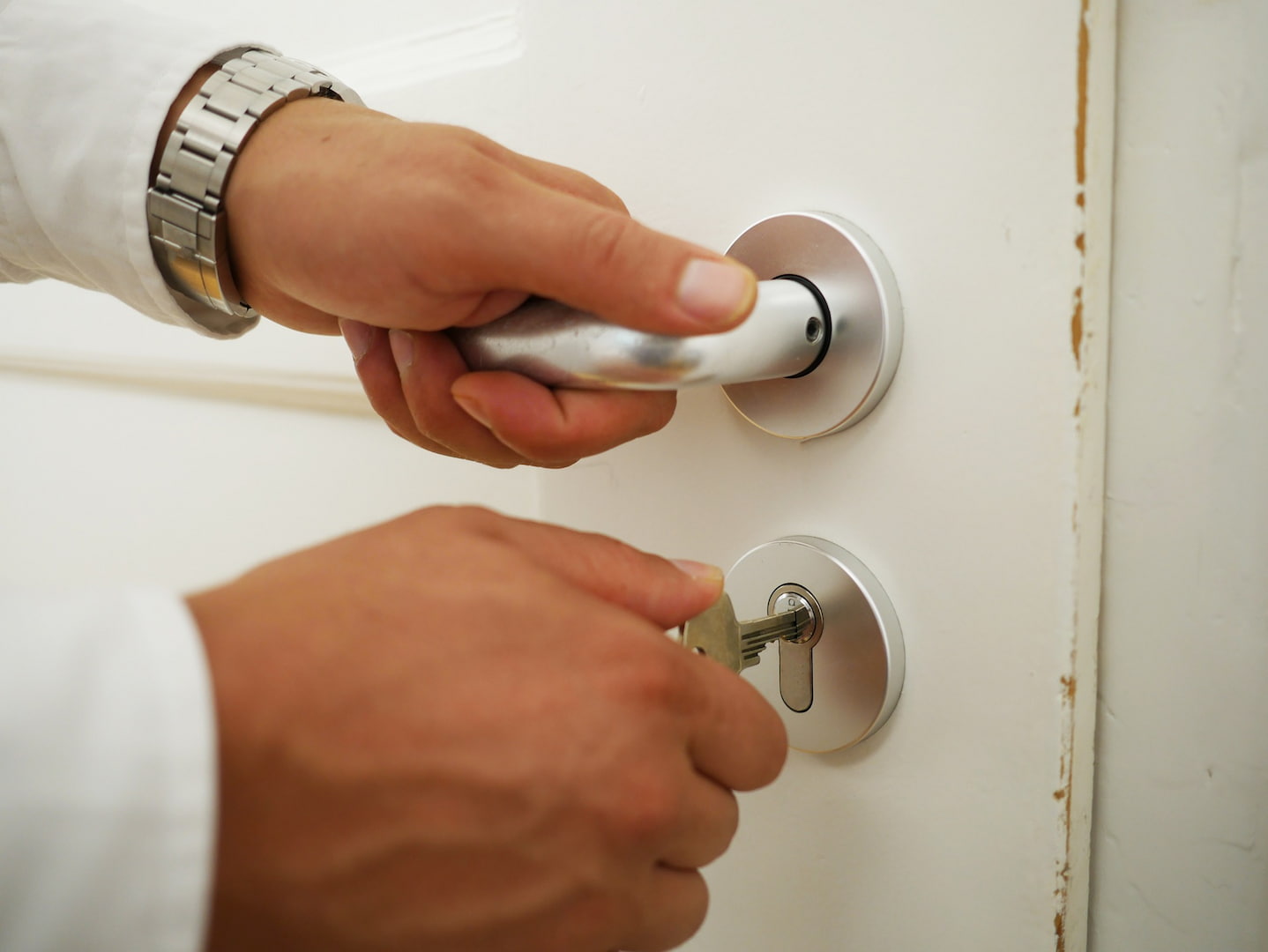
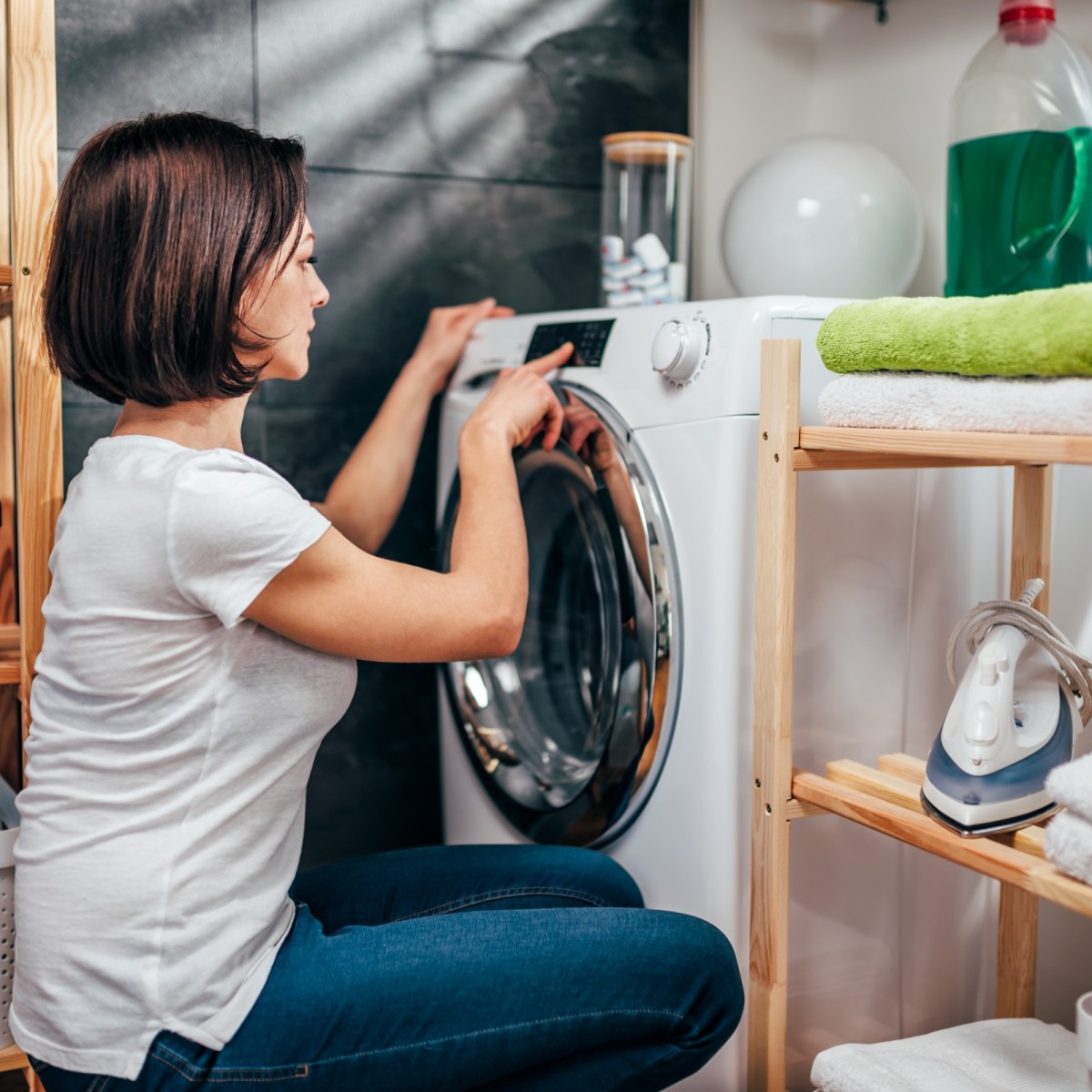
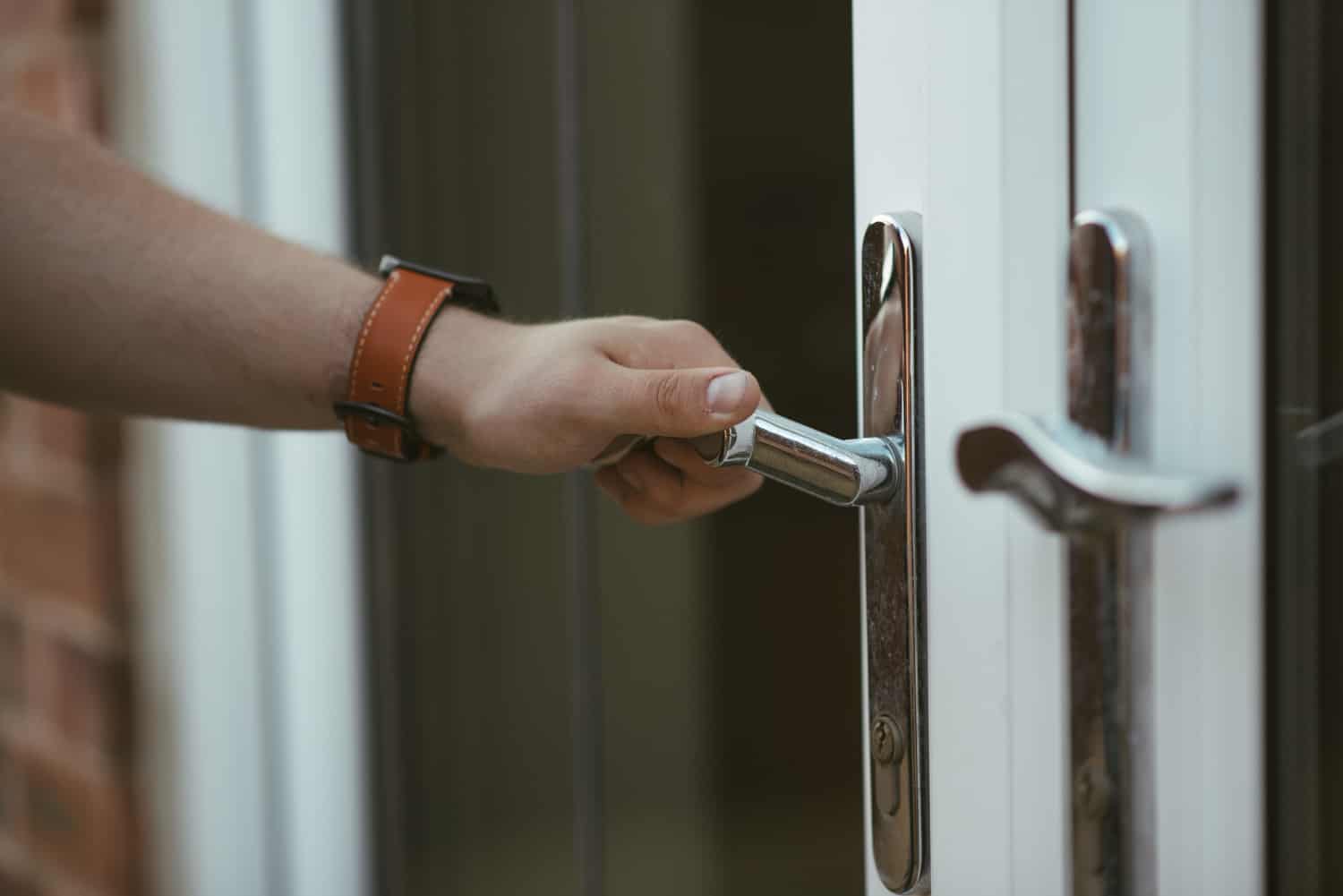
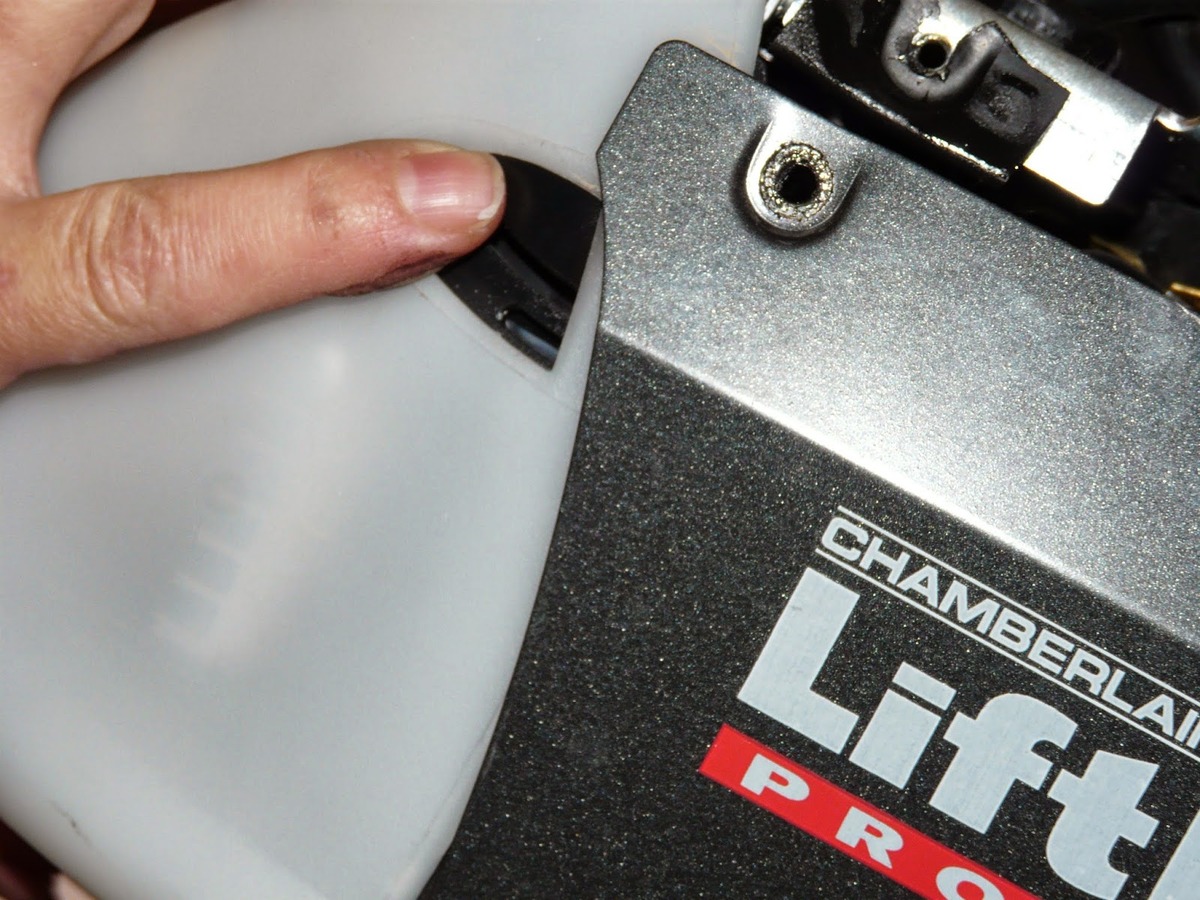
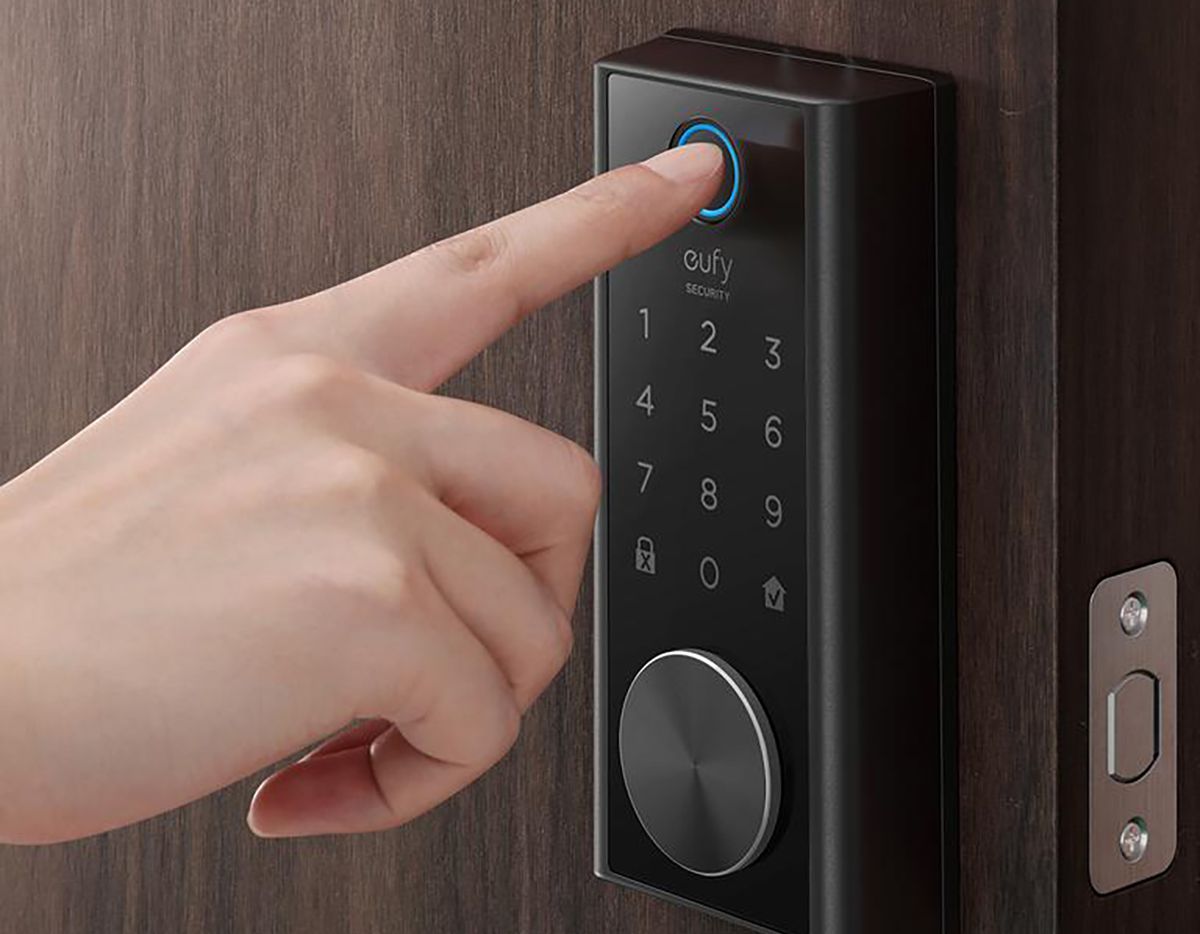
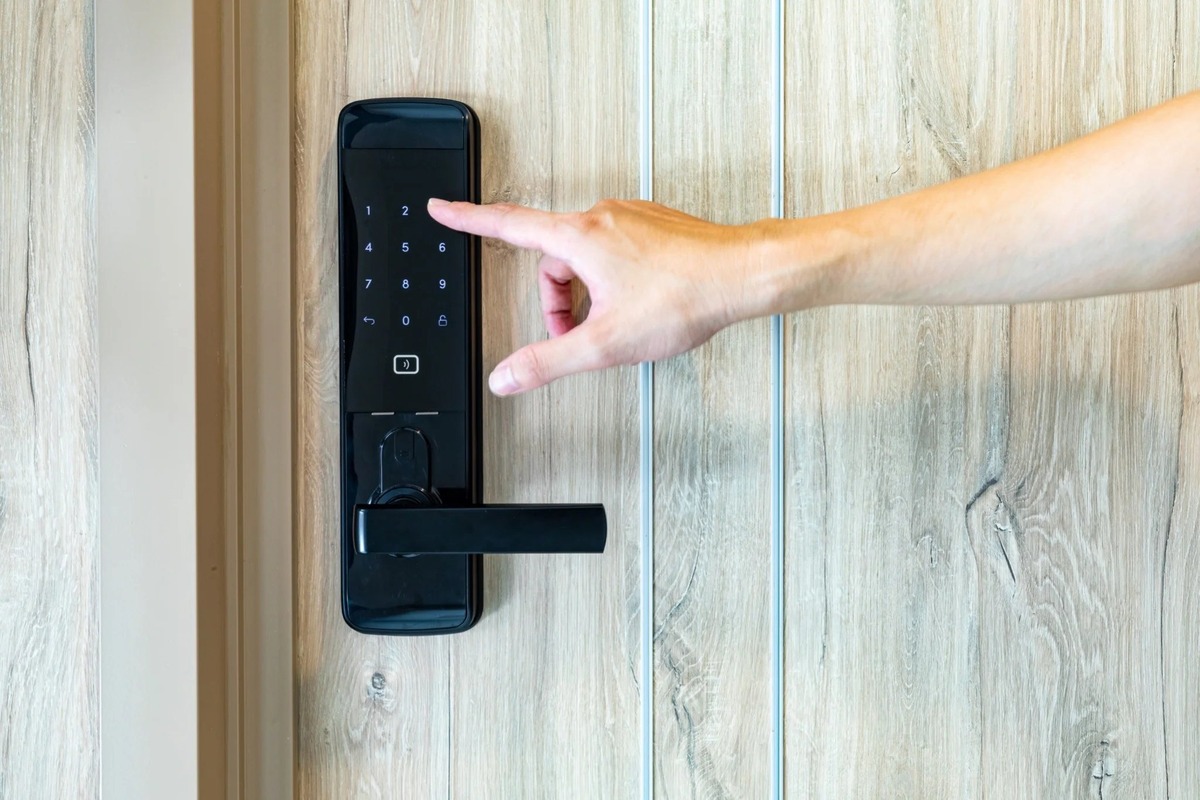
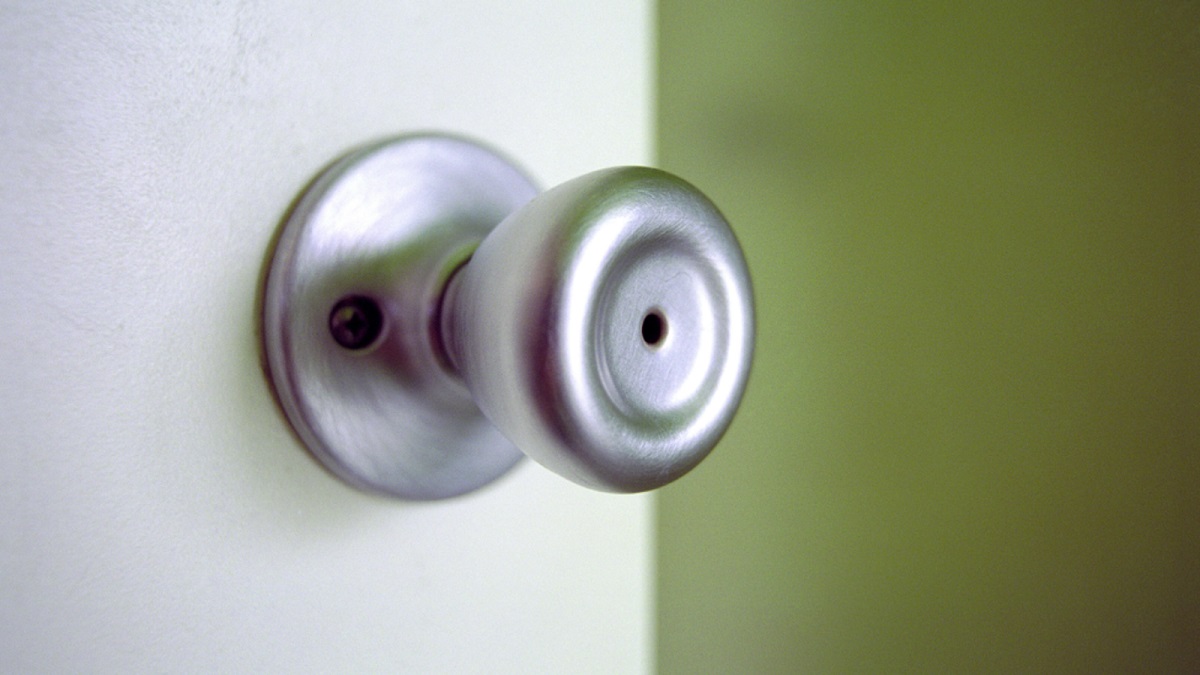
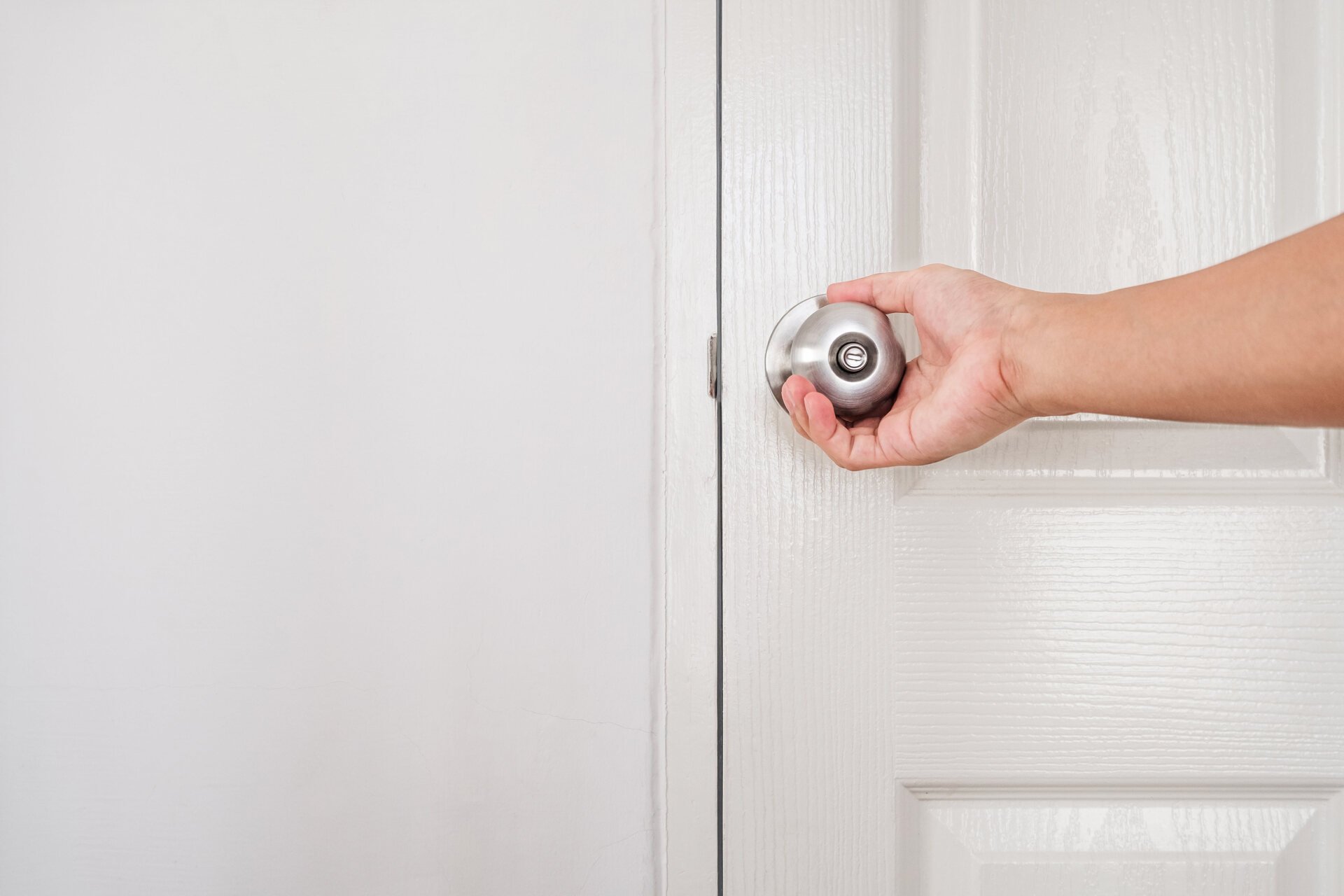
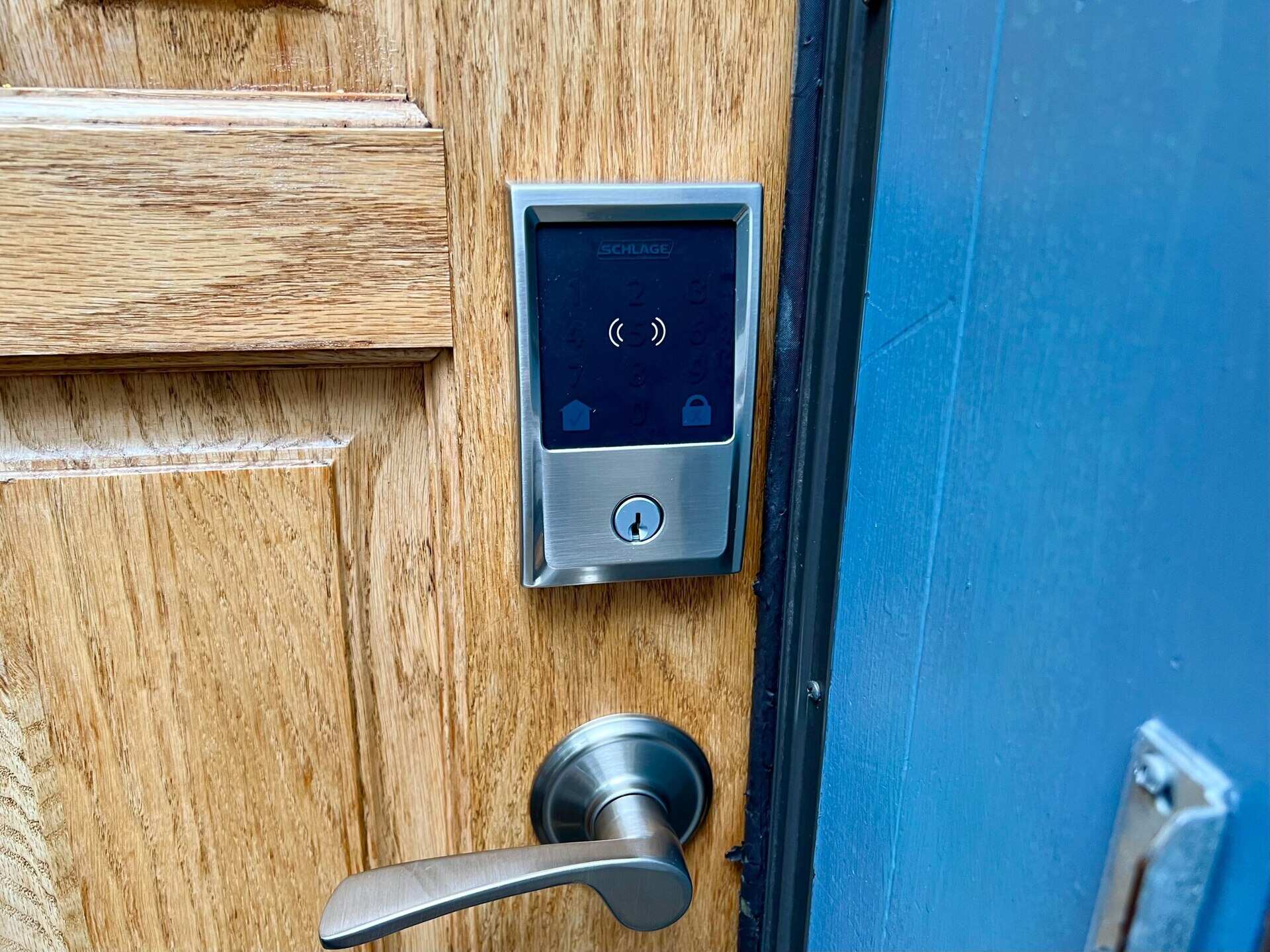
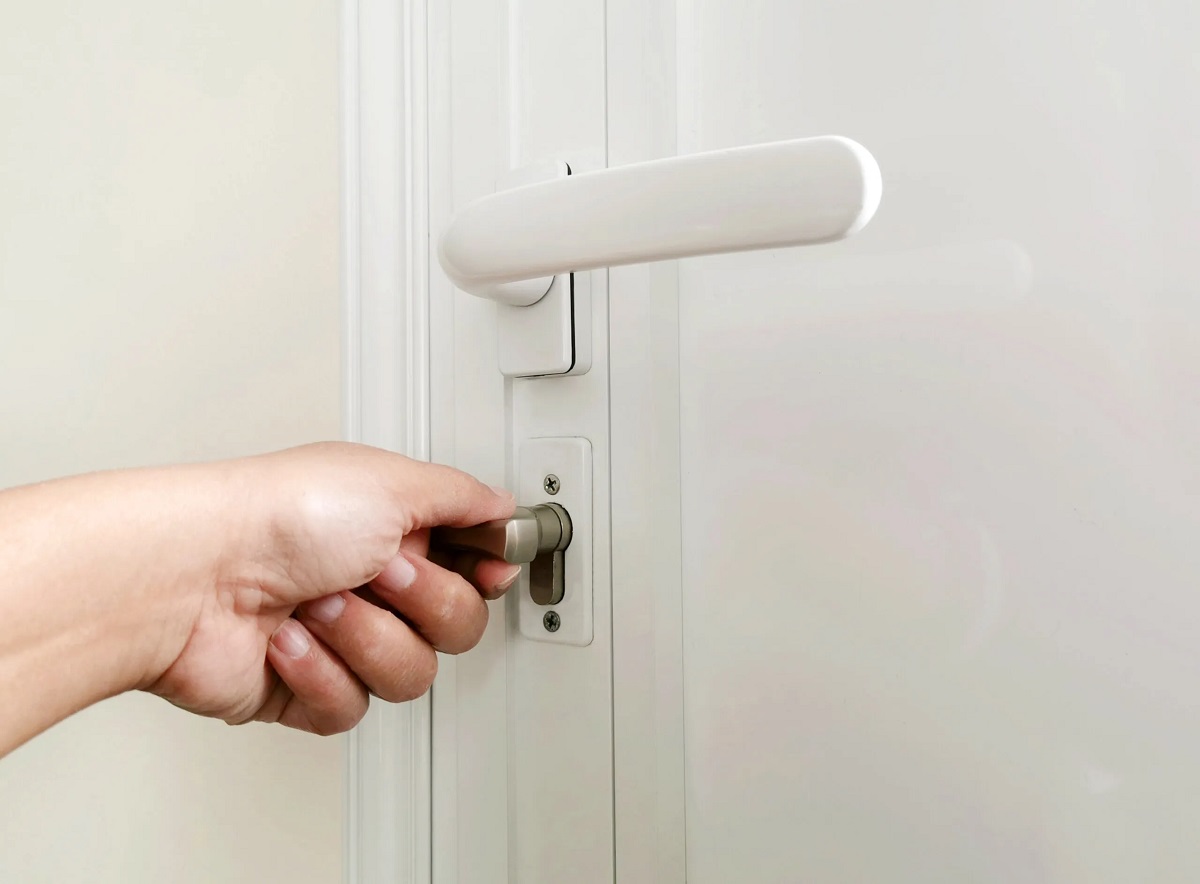
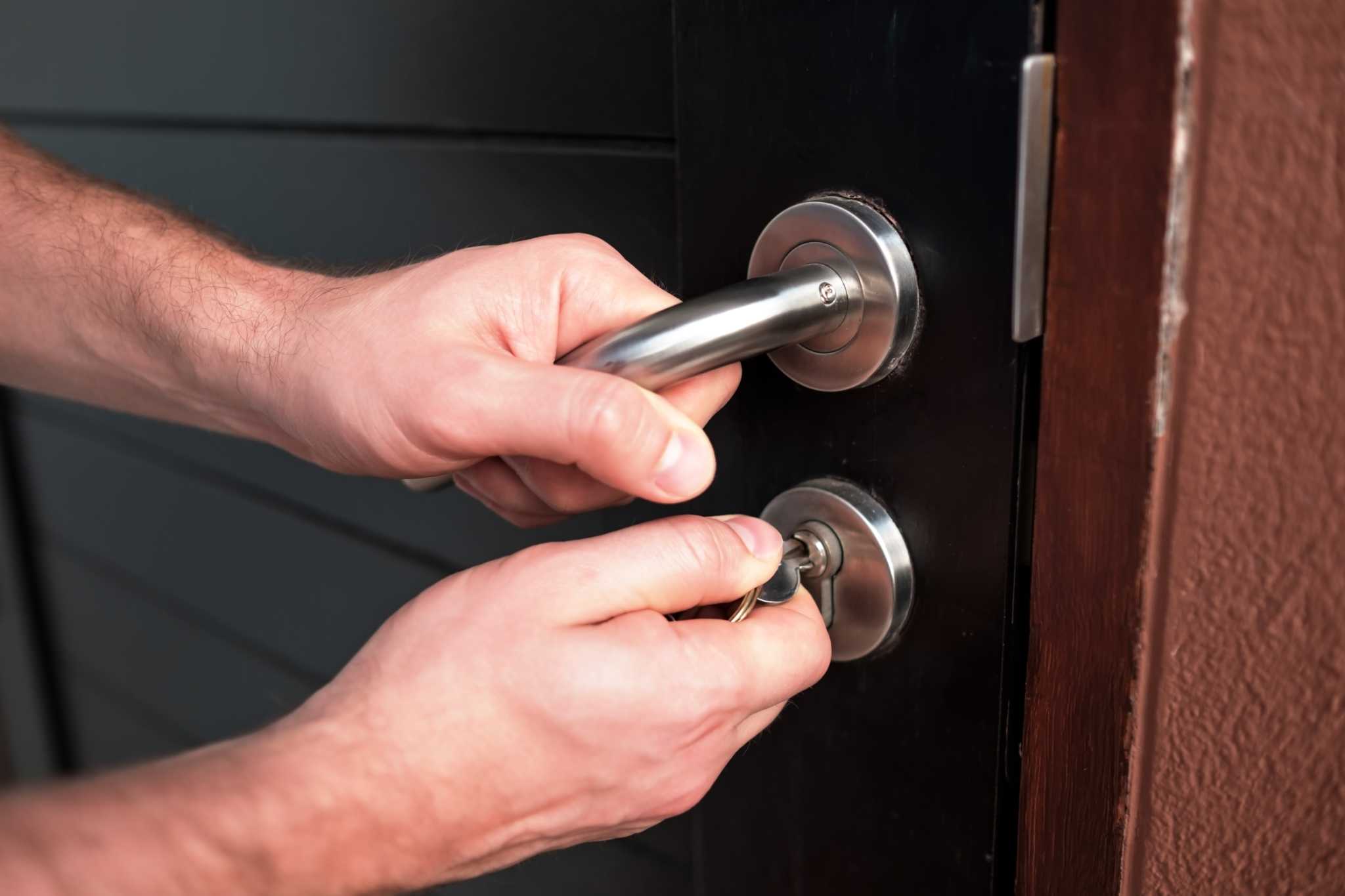
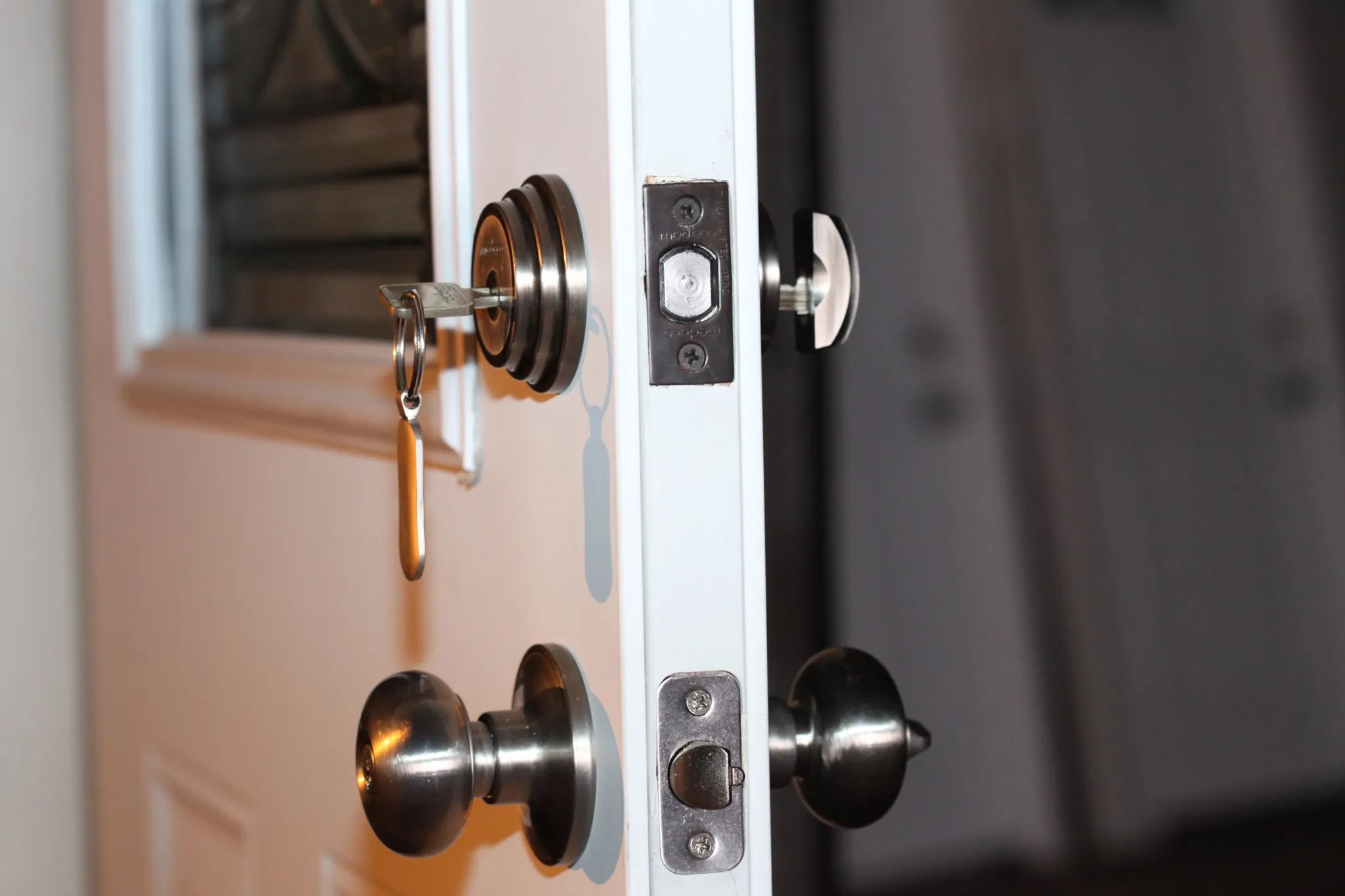
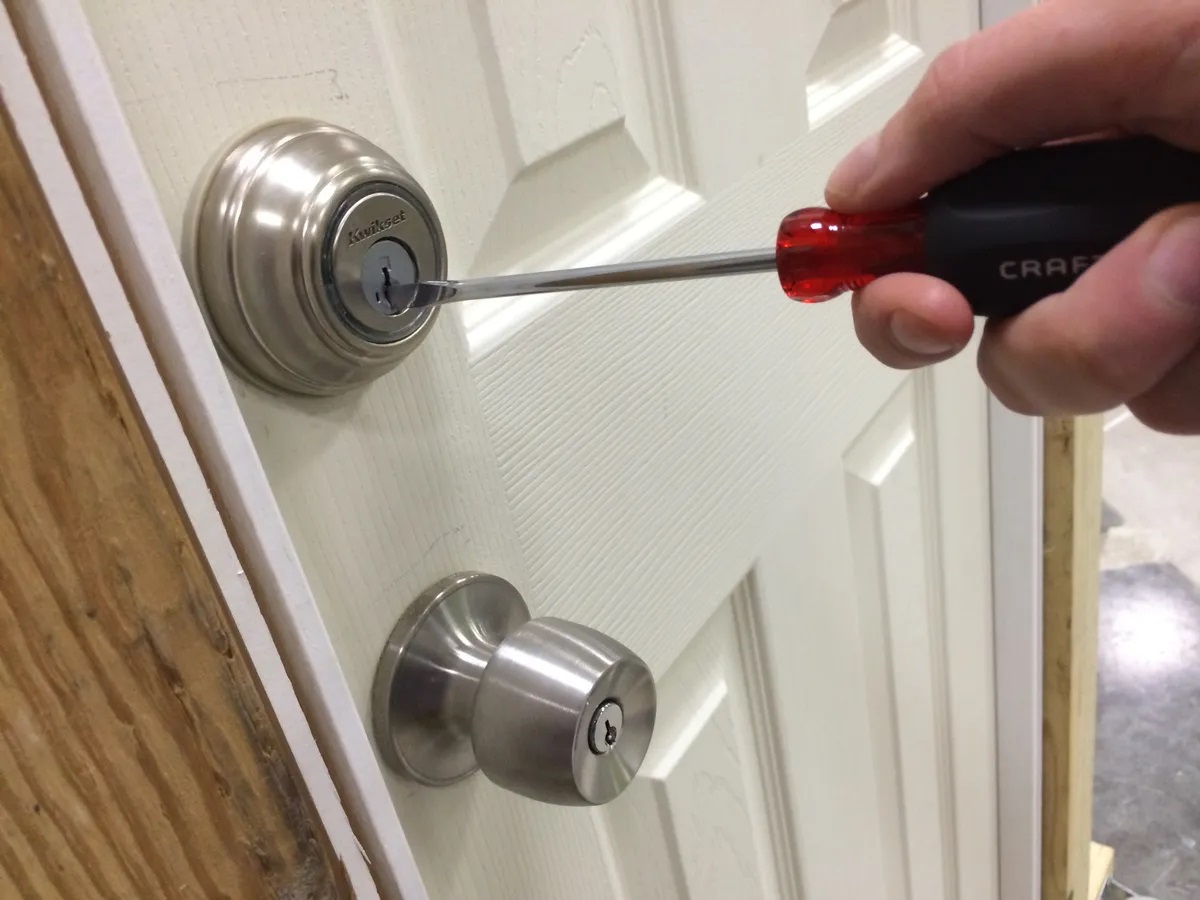
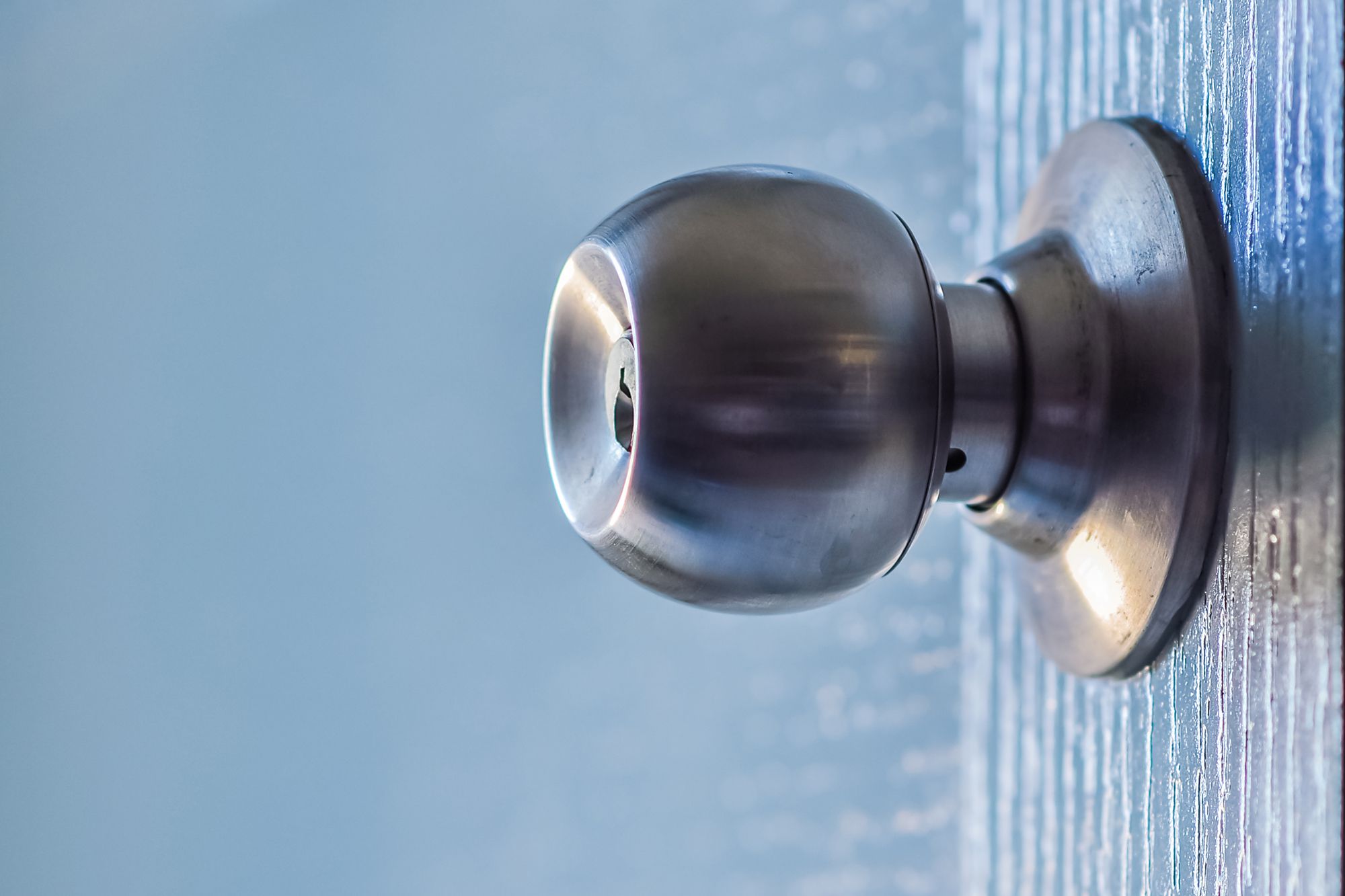

0 thoughts on “How To Unlock Bathroom Door With A Screwdriver”